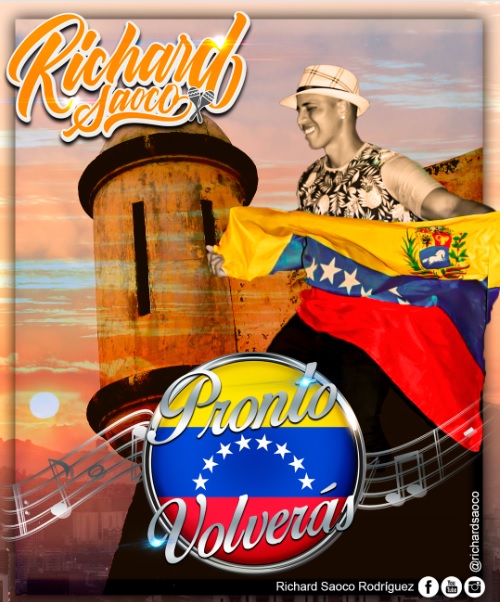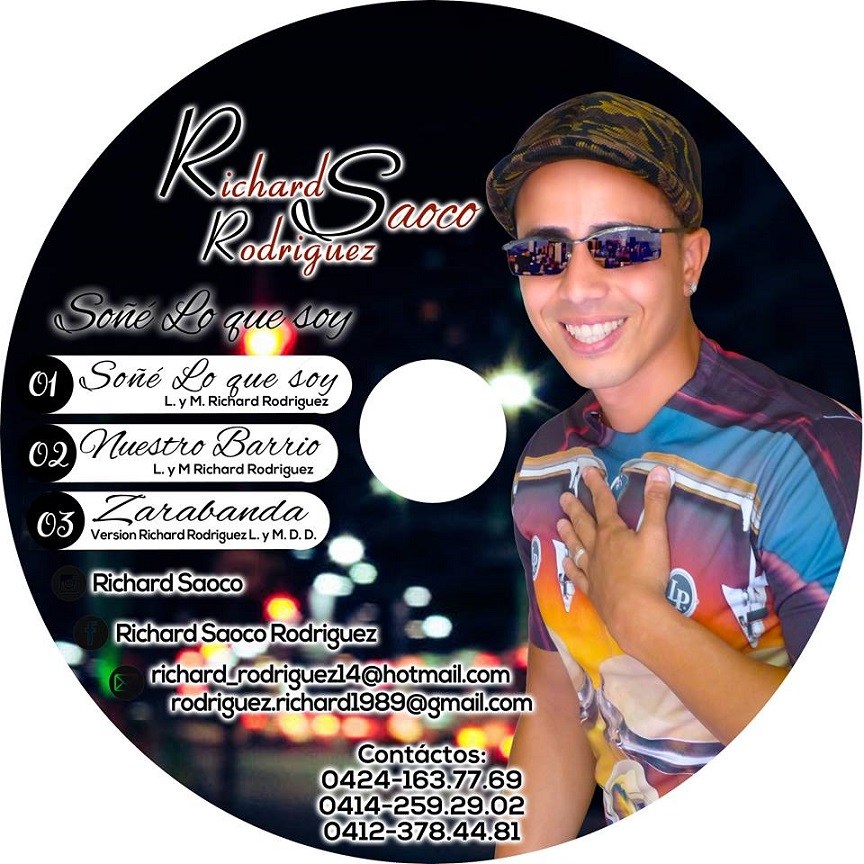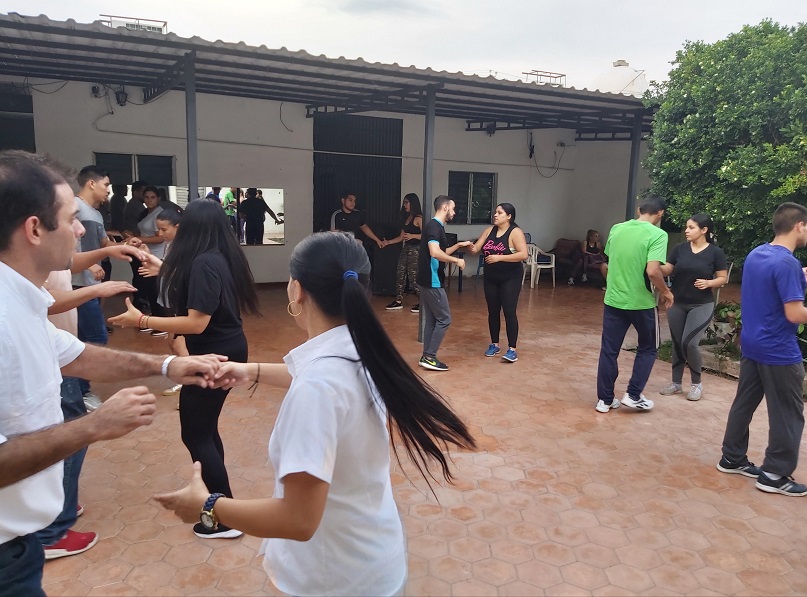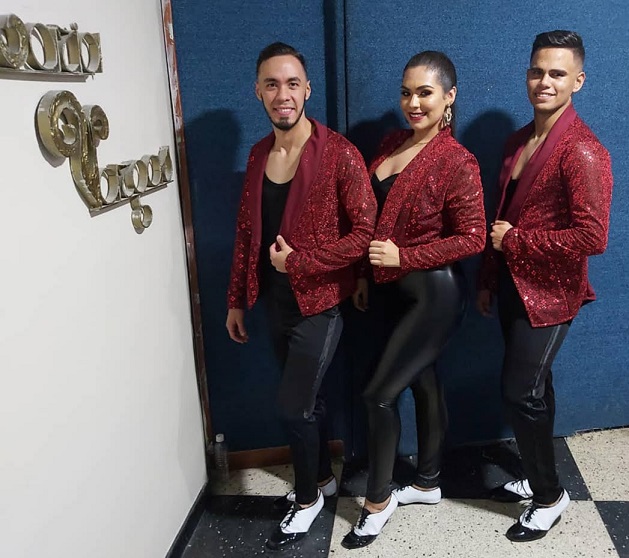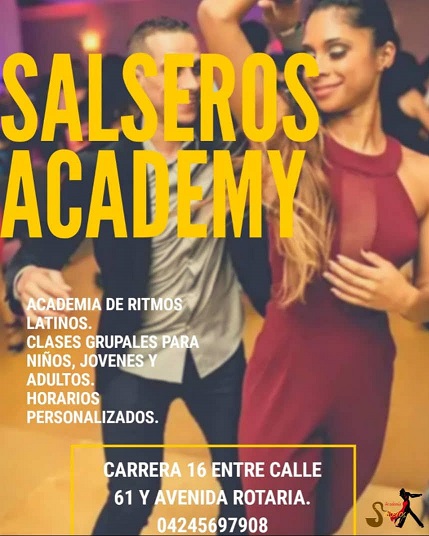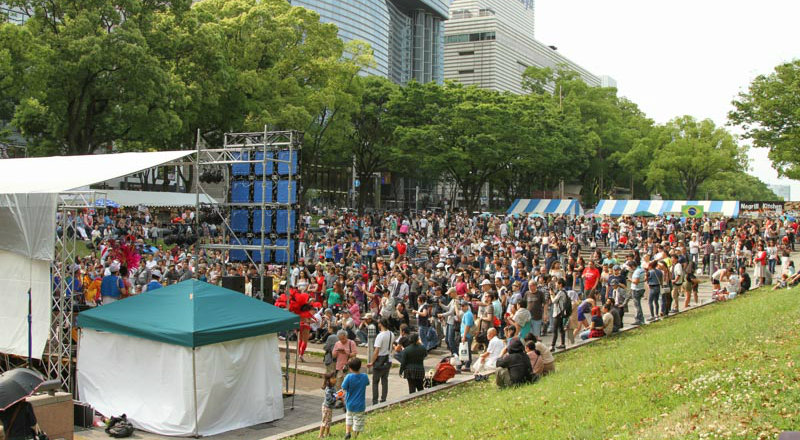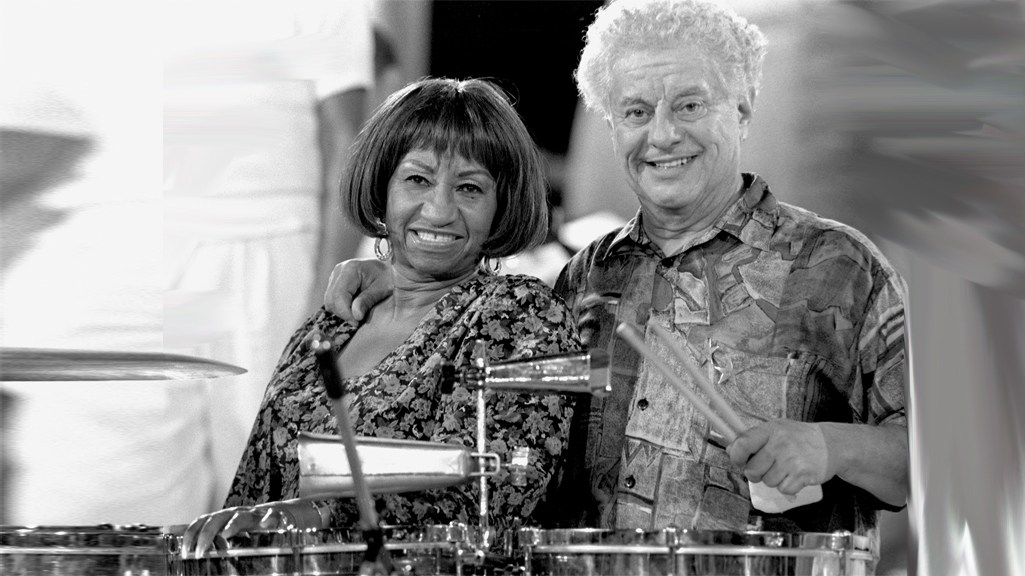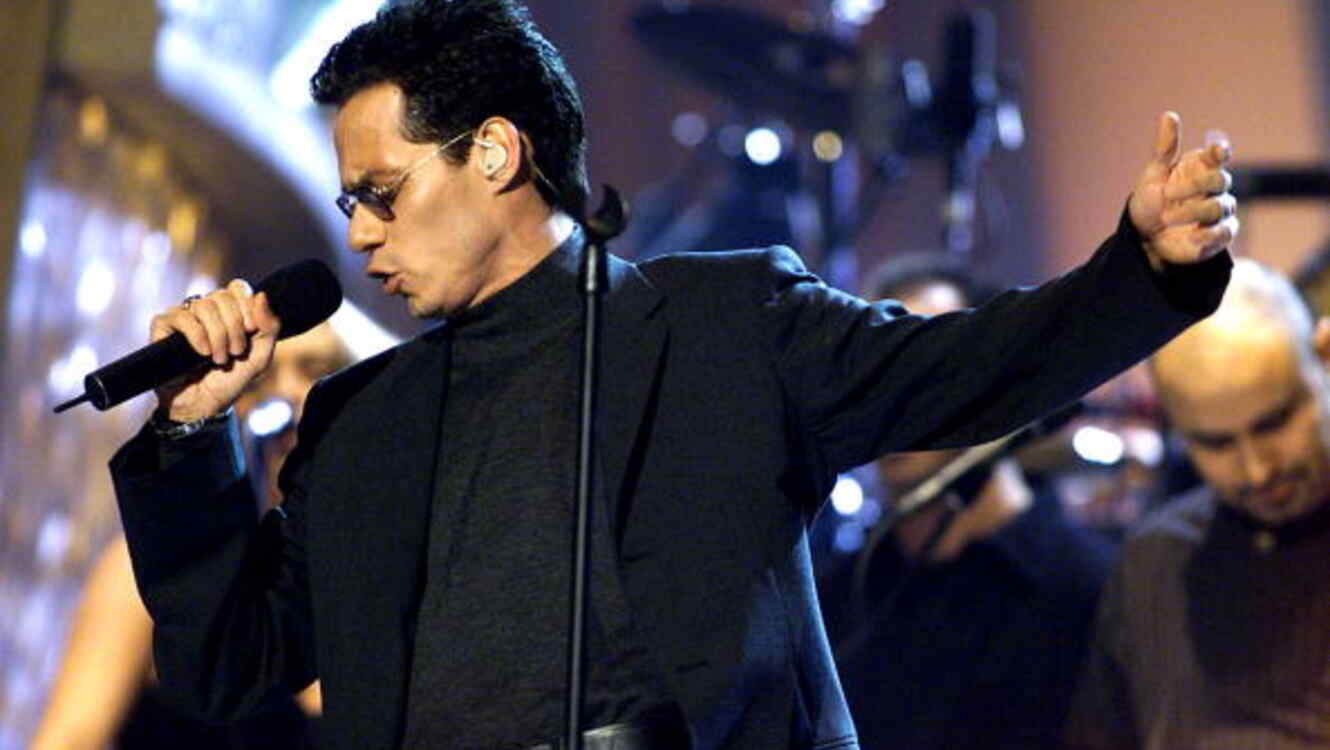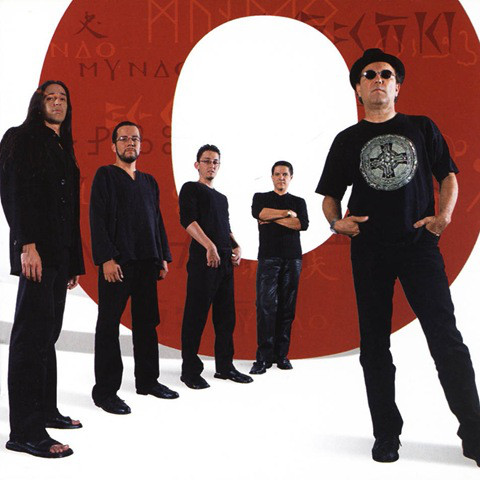USA - New York - New York
When we refer to Anya Katsevman, the first word that comes to mind is: passion! And that is the only way we could explain that a woman has so much strength, dedication and dedication in different facets of her life.
Anya Katsevman is not only a dancer and choreographer, but also a motivational coach and dream builder. In addition, it has its own line of dance dresses and costumes. An unstoppable woman!

A native of Kiev, Ukraine, Anya and her family immigrated to the United States when she was 8 years old. She is the younger sister of award-winning Latin dancer Eugene Katsevman. She lives in New York.
She also holds numerous titles in salsa. Among them, she is a two-time World Champion as well as the San Francisco International Salsa Congress and New York Salsa Congress Champion.
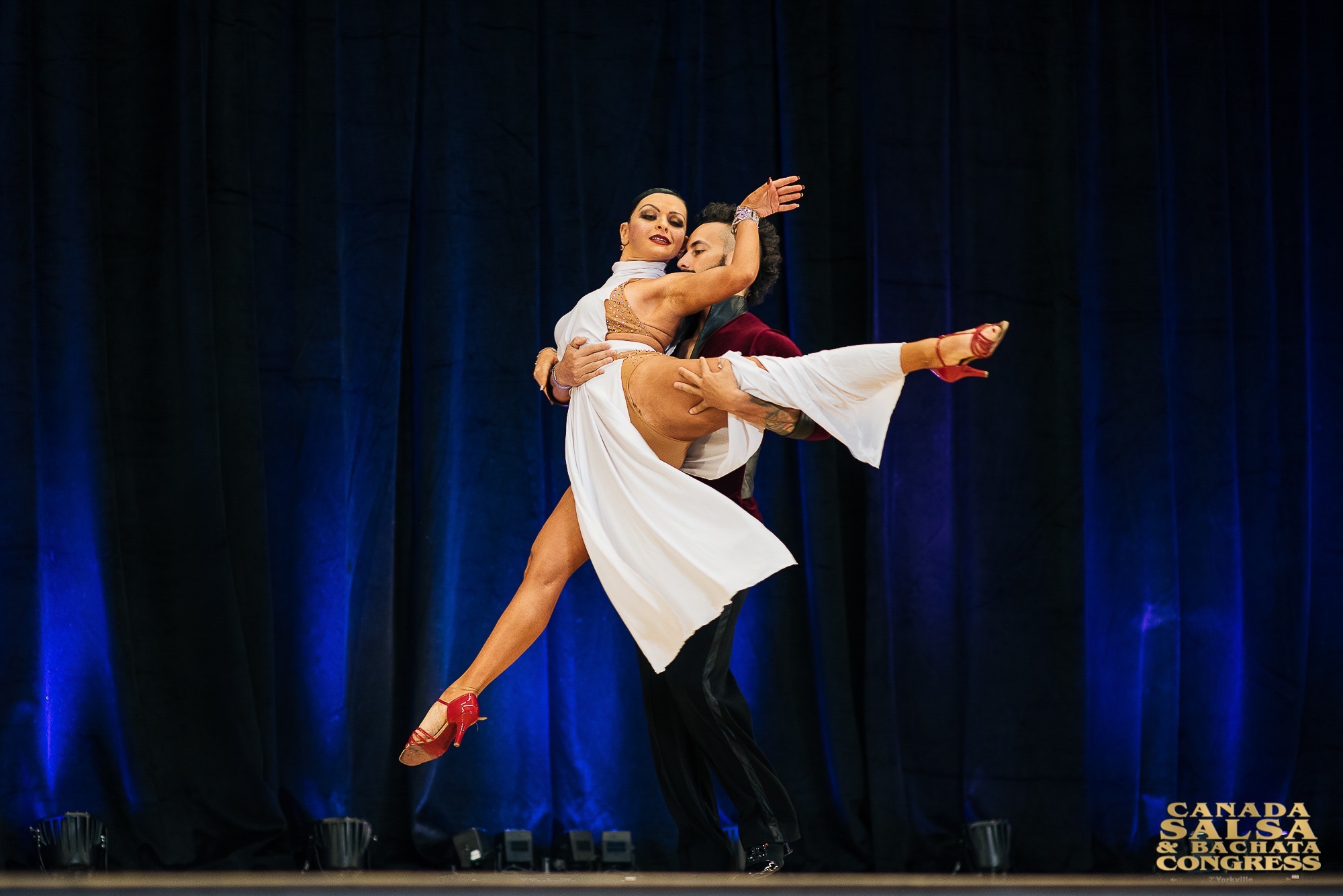
Anya Katsevman is a maker of champions
This is precisely the distinctive mark of Anya Katsevman , that ability to make each dancer, each artist, each dreamer discover in himself his potential to succeed, his style and make the most of his abilities.
She believes that “the art of dance requires much physical ability, exposure and practice. The art of dance is also developing your own voice and getting to know the artist behind the athlete that makes the dancer”
A wonderful career
“Queen of Salsa” Anya Katsevman is a two-time World Salsa Champion, coach and choreographer to more than a dozen world champions, noted costume designer, respected salsa congress circuit judge and advocate for international Latin dance who has transformed the sport during her more than 25-year career.

Renowned for her unique coaching methods, Anya’s style blends multiple cultures and dance forms: her eastern European upbringing and the appreciation for Latin dance culture that she developed in the United States; and her ballroom and salsa backgrounds. She demands rigor, discipline and excellence, and uses her understanding of anatomy, physiology and movement while encouraging freedom of expression to turn her students into the top dancers in the world.
Anya trains and choreographs for “Dancing with the Stars Costa Rica” principal dancer Lucia Jimenez (2020 World Bachata, Chacha and Salsa Champion), “America’s Got Talent” stars Harold Rancano and Regan Hirose (9-time World Bachata Champions), the Huracan Dance Company (2019 World Team Salsa Champions), the stars of Quebec’s Revolucion Adriano Leropoli and Samantha Scali (2017 World Salsa Champions), principal dancers in Carmen to Havana and Back Isabelle Freiberger and Hunter Houde and the USA World Games Olympic salsa team.
Always successful and sharing her knowledge
As a competitor and performer, Anya has won more than 20 world titles including the 2009 and 2010 Salsa World Championships. She is also the 2008 North American Salsa Champion, a two-time San Francisco Open Salsa Champion, two-time New York Congress Salsa Champion, Puerto Rico Open Salsa Champion and La Classique Du Quebec Champion. Anya has starred in touring shows “Burn the Floor ” on Broadway and ABC’s “Dancing with the Stars, in addition to numerous other television productions, stage shows, movies, and showcases in the U.S. She has performed with El Gran Combo, Gilberto Santa Rosa and “The Mambo King” Eddie Torres, and for President Barack Obama.

Anya is an ambassador for salsa, helping to expand its popularity worldwide. She believes connection is one of the most important aspects of the human experience, and dance is the best medium to explore how we connect with each other and ourselves. Anya has expanded her dance instruction to include GoDeeper, which she co-founded in 2019 to provide monthly movement classes, individual coaching sessions, and group workshops to promote professional growth and self discovery.
Meet this talented woman
International Salsa Magazine had the pleasure of interviewing Anya recently and invites you to learn a little more about this magnificent artist.
International Salsa Magazine (ISM): How did you discover your passion for Latin Dance?
Anya Katsevman (AK): My brother is a professional ballroom dancer
I started to dance ballroom in 1995 following his footsteps I competed in the international Latin category world wide in 2007 I was teaching in a dance studio in Manhattan and they did a lot of salsa that’s where I was introduced to social dancing I fell in love with the idea that dance is accessible to all people and doesn’t have to be competitive from there my love for salsa turned in to a career choice I decided to study Latin social dance and became a two time world salsa champion for me it was a passion to spread the beauty of dance through teaching as much as performing that did the trick.

ISM: Have you had any obstacle in your professional life? How could you overcome them?
AK: I think when your career is long enough you will probably have many obstacles to overcome and your passion for your craft and the reason you do it is usually stronger than the obstacle in front of you that gives you the drive to overcome it it is hard to narrow specifics down because I’ve had so many my competitive dance partner lived 3000 miles away from me when we won the worlds in 2010 and I just made the commitment to work hard and travel pick up the slack where needed and get the job done regardless I think that was the formula in every struggle.
ISM: What is the achievement that has made you most proud?
AK: I am most proud of all of my students accomplishments I am of course extremely proud and honored to be a world champion but for me the pleasure of having developed other world champion’s especially those who started learning from me from scratch makes me extremely proud beyond all measures I am also very proud of how individual and independent all of my students are the variety and diversity of their dancing makes me really happy.

ISM: In the path of entrepreneurship, how did you manage to find the strategy to grow your business? What are the skills you consider an entrepreneur must have to achieve success?
AK: Honestly I believe success comes from genuine passion and desire it is easy for us to study a successful person after the fact and say which moves appeared strategic but I believe who ever is on their way working toward that goal should do it because they are passionate about each step not because of the end result my business grows because I am committed to my craft and doing it at my best capacity.
I am genuinely passionate about my dance quality my students growth and the subjects I am teaching I study the Industry I watch for what’s missing I ask what contribution would be of most value this doesn’t feel like hard work to me it is my passion my genuine interest and the rest flows when I feel I am doing something strategic or because it’s good for my brand or etc it doesn’t flow the same way feels forced and isn’t as successful so I try to only go with my own flow current interest and most passionate desires.
ISM: Could you give us some advice to maintain discipline, even in complex situations?
AK: Absolutely discipline is hard for anyone when it feels needed and forced so I always try to flip the mindset if I have to do something I’m bored of or am avoiding because it’s hard or tedious I always find something to be excited about instead whether it is dreaming of what the task will do for me or adding something Sensory I enjoy to the task like my favorite sounds smells or visuals or including a friend in the process.
If you focus on what you do like about it it’s much easier to do it. Also discipline is really only hard at first pretty quickly it becomes a habit so if you put more disciplined things in to practice it will all feel like a habitual part of your day and you’ll start to enjoy it and feeling accomplished.
ISM: What would you say to all those young dancers who want to achieve a dream?
AK: They do come true!!!!!
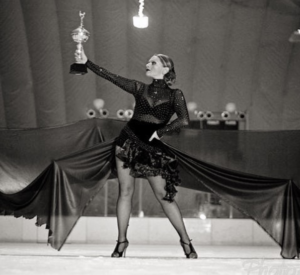
Dream more!!!! Everything is possible want it bad enough to work for it but don’t be afraid to dream those wild dreams if it wasn’t possible you wouldn’t have had the dream in the first place.






